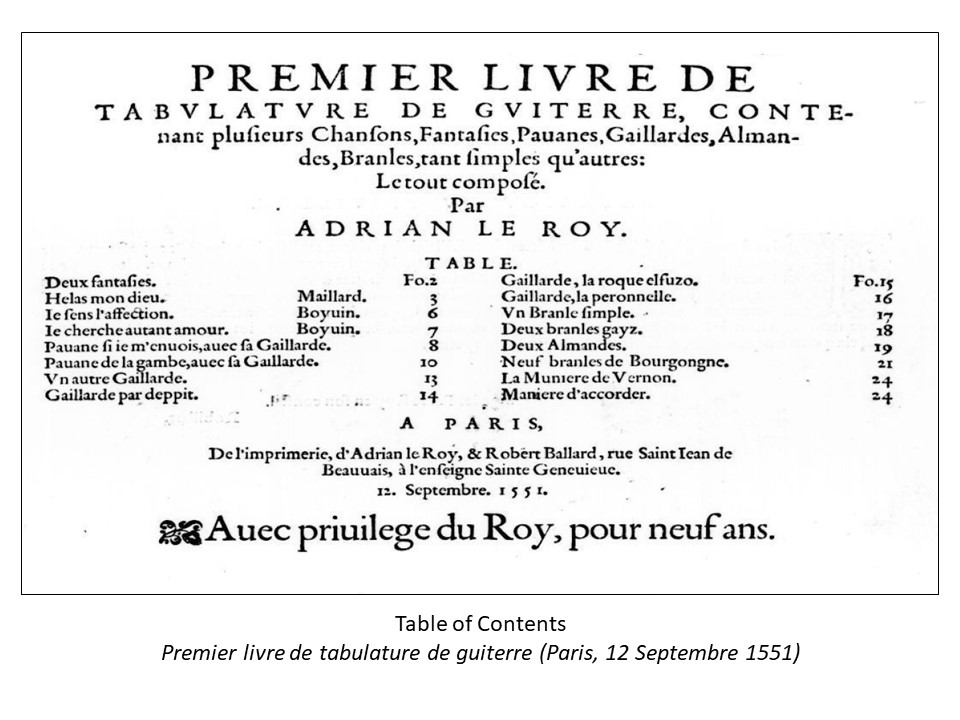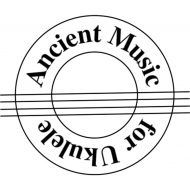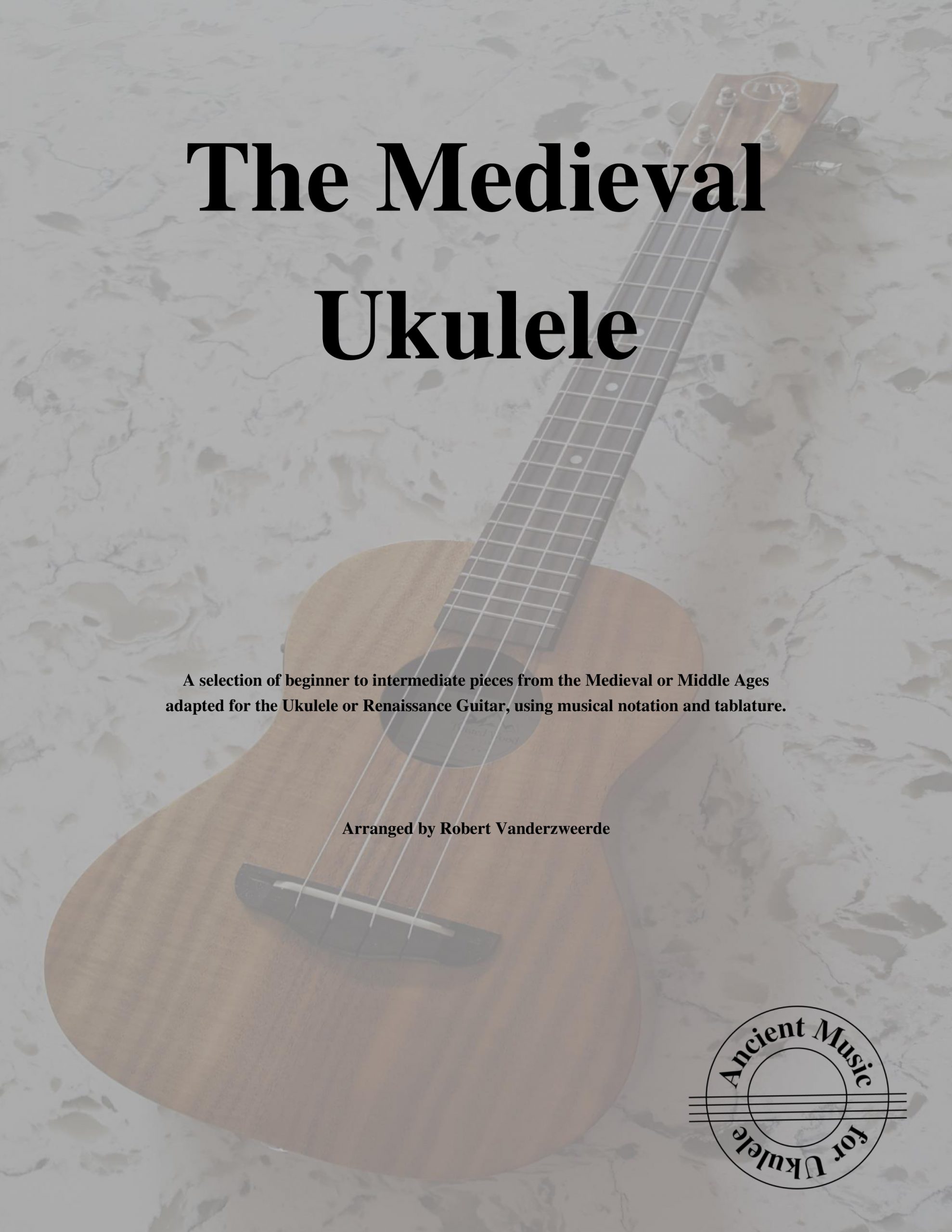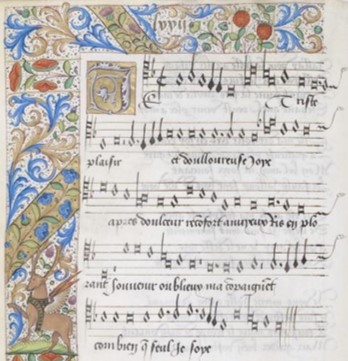As a classical music player (on guitar and ukulele) and with the help of my teachers, I select pieces that compliment each other and create a mini-suite or recital. The selected pieces are not necessarily connected to each other formally by the composer and do not have to be by the same composer either. They just need to work together with some commonality. For example, pairing etudes from Gerald Garcia with those of Leo Brouwer. If working from a book of studies, etudes, or short pieces usually by the same composer, then several of the pieces are selected to create my own suite or recital.
My teachers also help me select formal suites or sonatas that I work to learn completely. The guitar ensemble also selects pieces with multiple movements for performance or pieces by the same composer from a larger body of work.
I’ve put together three books that follow these principles. If there is interest, I can create more (just let me know what you’d like).
A Military Recital — While arranging Renaissance guitar music, I noticed several lengthy pieces with a military “theme”. They are either descriptive pieces depicting a particular battle or dance pieces incorporating military-type passages. I also included a transcription of a Baroque piece (originally written for harpsichord). Listen now.
A Spanish Recital — As a student of the guitar, I learned the Spanish Suite arranged by John Mills based on the music of Gaspar Sans. Inspired by this concept, I researched and found a lot of music Gaspar Sans and selected ten pieces to create a recital for the ukulele. Listen now.
Sonata 24 by Weiss — I’ve played portions of this sonata on the guitar and was inspired to challenge myself and arrange the entire 8-movement sonata for ukulele. The original music is in the key of D-Minor and has been transposed to the key of G-Minor for the ukulele so as to preserve as many of the fingerings as possible. Also, some passages have been simplified, including using different bass lines or notes, especially since the ukulele only has four strings and the pieces were originally written for the lute. Listen now.















